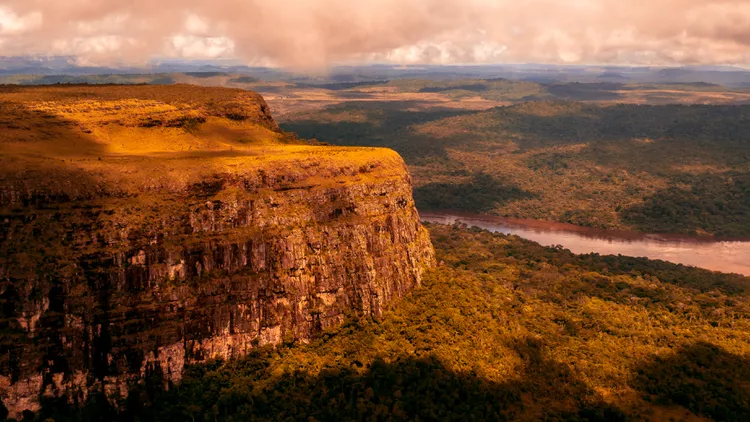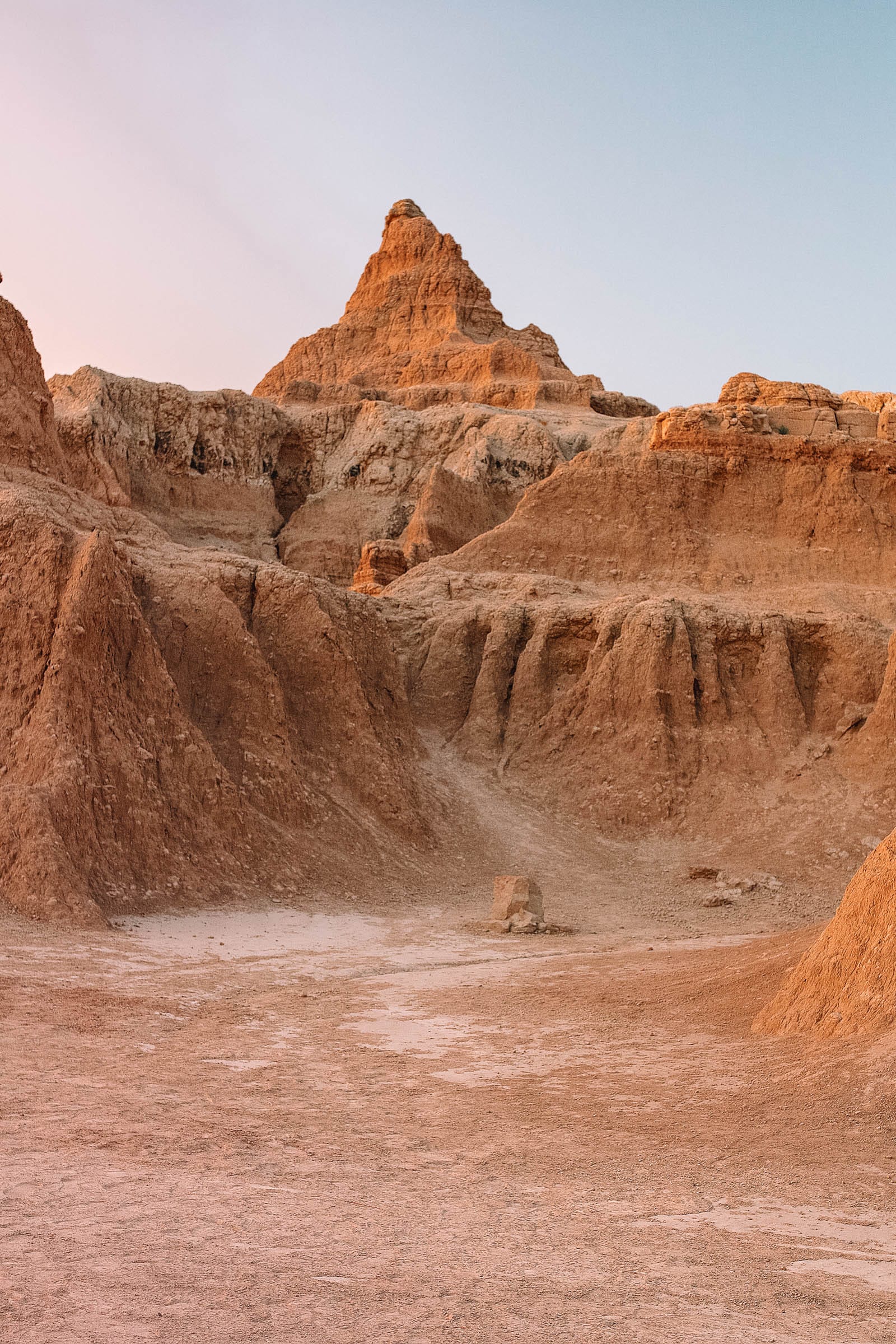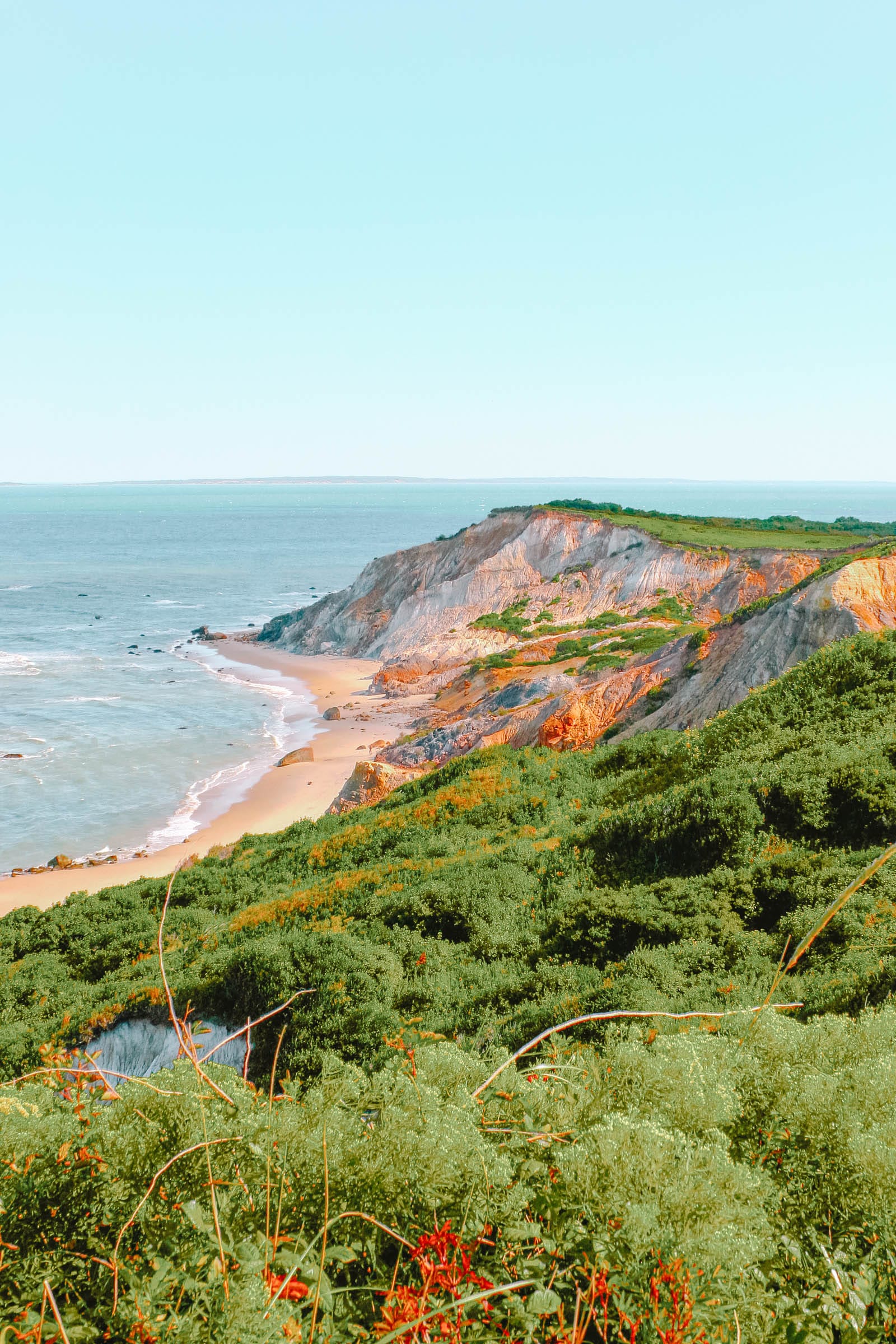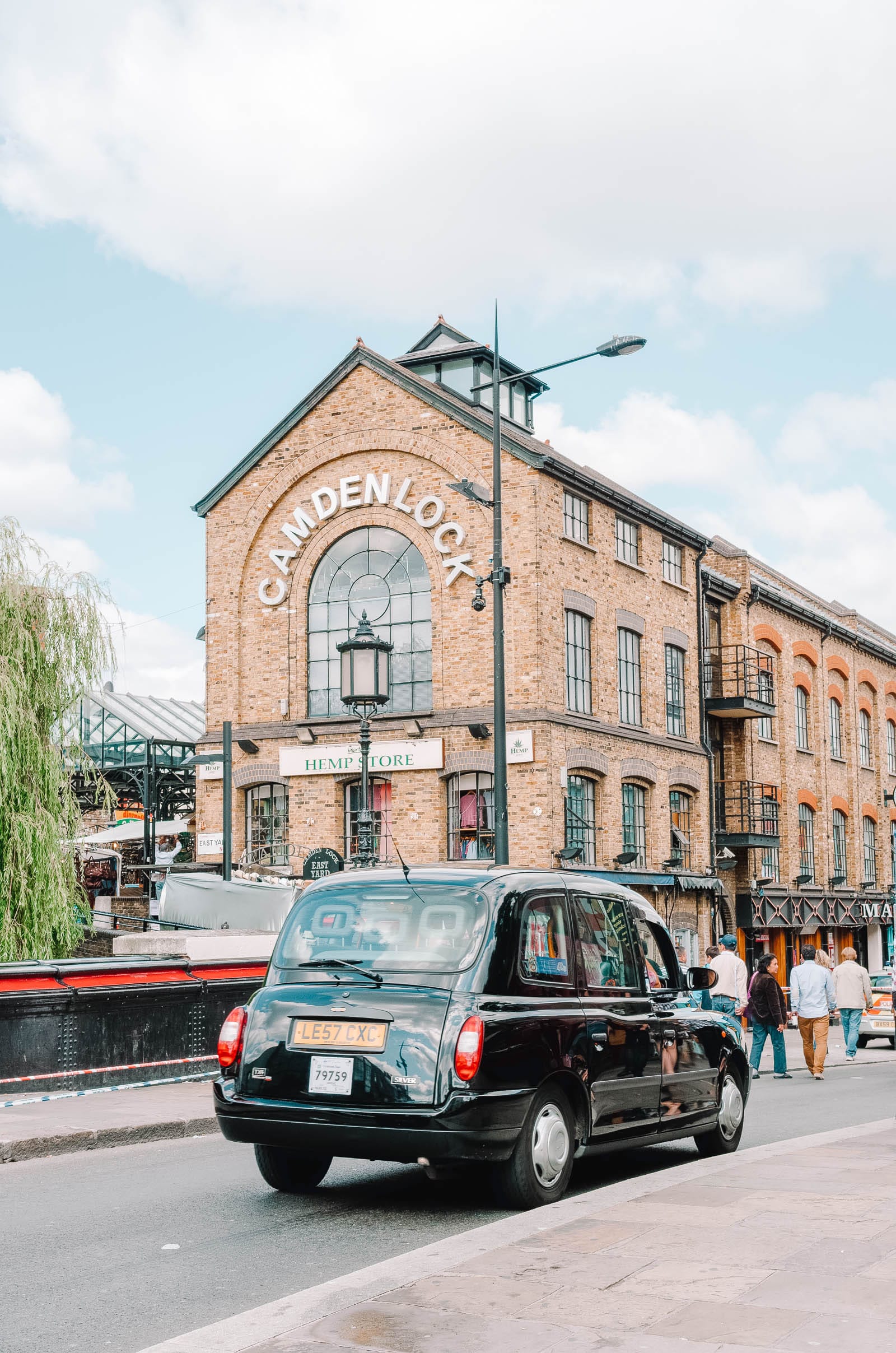1. Introduction
If you’re heading to Venezuela, you cannot miss the amazing adventure of hiking Mount Roraima in Canaima National Park. Arthur Conan Doyle populated the tepui Roraima with dinosaurs, strange vegetation, and animals in his book, The Lost World, based on the accounts of British explorers Everard IM Thum and Harry Perkins who were the first Europeans to ascend Mount Roraima in 1884.
2. The Experience
Subsequent explorations may not reveal dinosaurs or fossils, yet modern climbers and trekkers find a fantastic world filled with crystal valleys, gorges, sandy beaches, mists, fog, fissures, rock formations, pools, and waterfalls. Mount Roraima stands as the tallest of the table mountains called tepuis and is located in the southeastern corner of Canaima National Park, near the borders of Brazil and Guyana.
This region boasts lush tropical savannahs, cloud forests, rivers, and stunning waterfalls. Roraima is regarded as one of the most recommended climbs in South America, typically requiring about eight days for the trip. However, this duration allows only one day atop the tepui, which isn’t sufficient for a comprehensive exploration of its myriad features. Consequently, backpackers are often constrained by their carrying capacity.
3. Getting There
Reaching the closest airport in the border town of Santa Elena de Uairén involves indirect flights from Caracas or other major cities. Many visitors choose to fly to Ciudad Bolivar, where smaller aircraft connect to Santa Elena. Some choose to enter from Brazil.
Travelers should check flights from their location to Caracas and Ciudad Bolivar. Upon arrival in Santa Elena, it’s a two-hour drive to the small Indian village of Paraitepui, where you’ll pay an entrance fee to climb the tepui and arrange for guides and porters (limited to 15 kg), if not already organized through a tour agency. Alternatively, guides can be arranged in San Francisco de Yuruaní, about 69 km north of Santa Elena on the main road. If traveling independently, it is essential to arrange transportation back to Santa Elena during this time.
Plan to arrive in Paraitepui before noon, as no one is allowed to leave after 2 PM, given it’s at least a five-hour trek to the first campsite. Overnight camping is available in Paraitepui; therefore, it’s advisable to buy all food in Santa Elena.
4. The Trek
The ascent to the tepui typically takes around 12 hours. This journey includes an overnight camp along the Río Tek or Río Kukenan, roughly 4.5 hours from Paraitepui. If time permits, adventurers can continue for another three hours uphill to the base camp.
On the following day, climbers face a four (or more) hour climb up the ramp through cloud forests, streams, and rock formations to reach the summit of the tepui. Camps are set up in sandy areas known as hoteles, sheltered from the elements by rocky overhangs. It’s crucial to note that everything brought up must be taken down, including used toilet paper. However, souvenirs from the tepui are strictly prohibited.
If limited to a single day, many trails are accessible from the camps. Yet, to fully explore the black, craggy surface of the tepui, it’s advisable to allocate at least an additional day. Knowledgeable guides will escort you to Valle de Los Cristales, where colorful crystals abound; through gorges and fissures resembling alien landscapes; and to unique pools dubbed jacuzzis, which sadly do not provide hot water. Keep an eye out for the distinctive flora and fauna, including a tiny black frog that curls into a ball for protection. The trek down from tepui Roraima usually takes about ten hours back to Paraitepui.
5. Alternate Options
An alternative method to reach and explore tepui Roraima is via helicopter, allowing two to three days to enjoy the summit scenery.
6. Best Time to Visit
Climbing Mount Roraima is possible year-round; however, the dry season from December to April is favored by most climbers. Nonetheless, be aware that weather conditions can fluctuate unpredictably throughout the year, with rain and mist being persistent. Heavy rainfall can cause rivers to swell, making crossings challenging.
7. Essential Gear
Prepare for hot, steamy days and cold nights atop the tepui. Reliable rain gear, a tent, and a sleeping bag (if not provided by your tour company) are essential. A foam mat can add worthwhile comfort. Additionally, sturdy walking shoes or boots, sneakers, sun protection, a hat, a knife, a water bottle, and a flashlight are necessary items to pack.
A camera with ample film is crucial for capturing the breathtaking landscapes, alongside a cooking stove and food. Solo travelers should bring extra provisions in case of a desire to extend their stay on the tepui. Remember to pack plastic bags for removing trash and a substantial amount of insect repellent, as the Sabana is notorious for biting gnats known as jején or la plaga, meaning the plague.
Buen Viaje!




